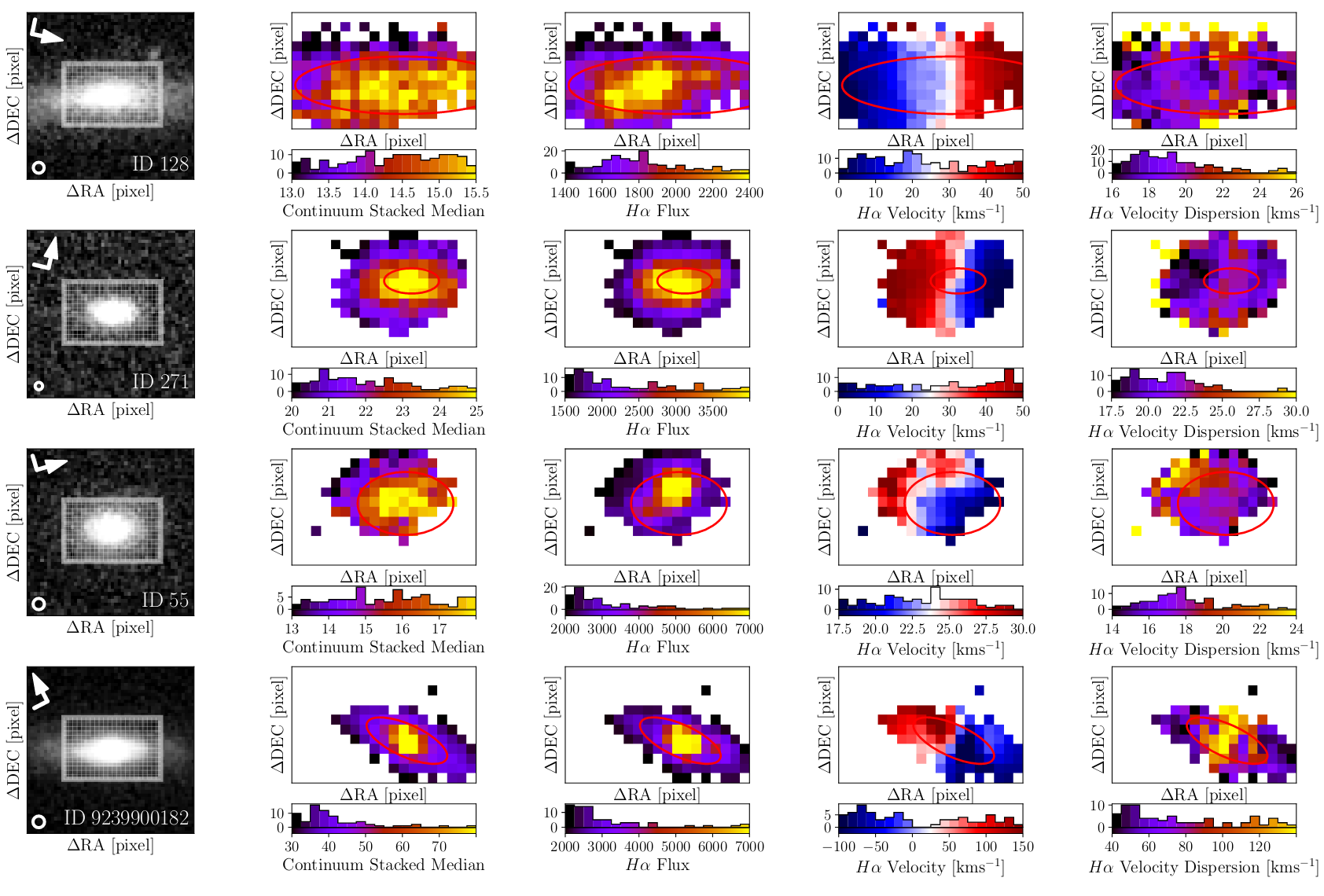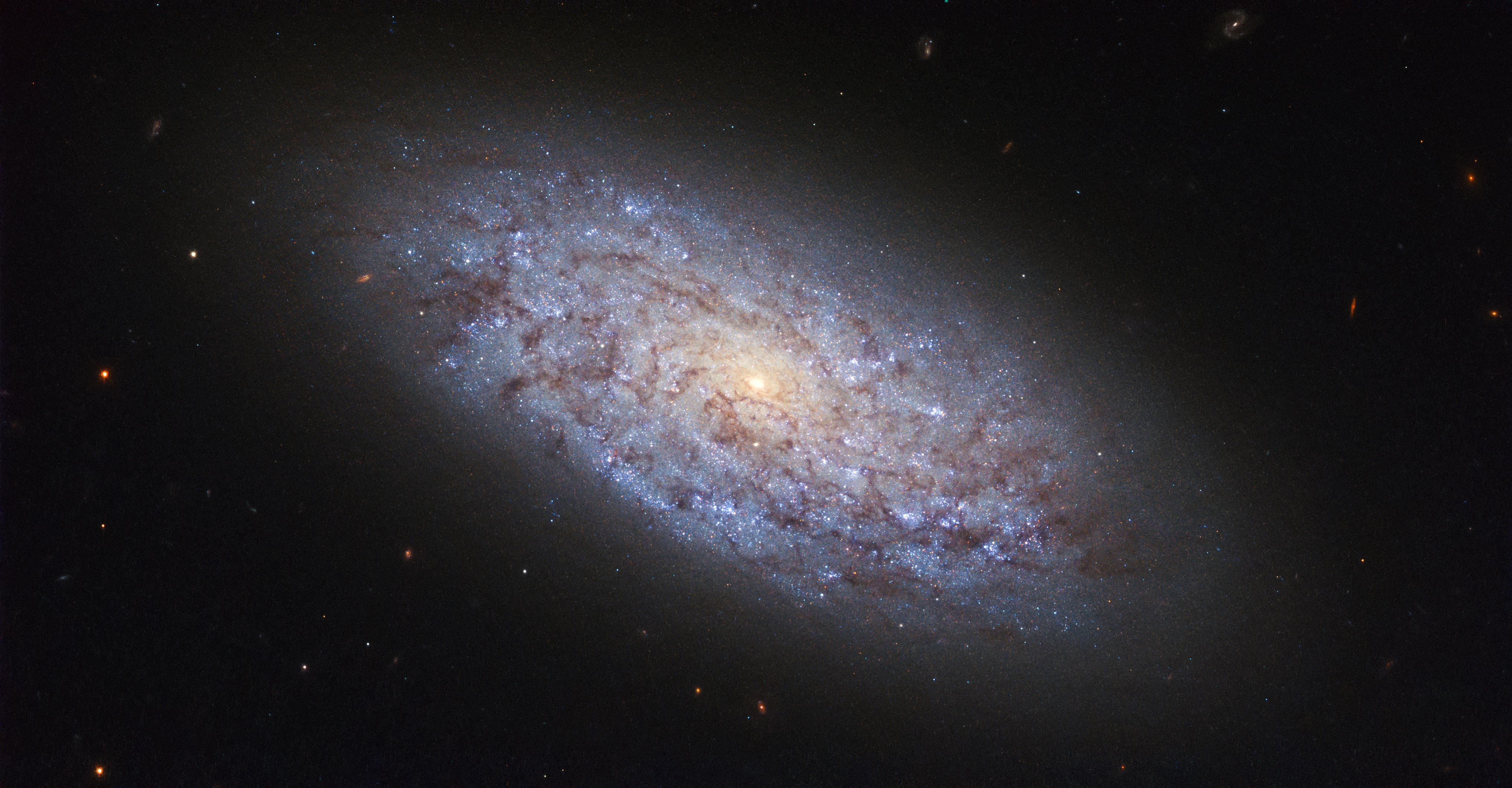Low-mass galaxies are of paramount importance to understaning galaxy evolution, as they are the building blocks of larger galaxies.
However a number of observational challenges makes it difficult to study the dynamics of large samples. The SH\(\alpha\)DE Survey is the largest
integral field spectroscopy survey dedicated to dwarf galaxies, with a stellar mass cut \(10^6 < M_\star < 10^8 \, \mathrm{M_\odot}\). As such, it was designed to deliver sufficient spatial and spectral
resolution to resolve the kinematics of dwarfs. SH\(\alpha\)DE
was awarded six nights at the ESO Very Large Telescope in June/August 2018 (IDs 0101.B-0505(A-C), PI D'Eugenio).
About half of all dwarf galaxies have asymmetric kinmatics, while the other half appear to follow the same scaling relations of
more massive galaxies (Bloom et al. 2017, Barat et al. 2019). Below a critical mass of \(10^8 \, \mathrm{M_\odot}\), dwarf galaxies are thought to be dominated by dark matter at
all radii, therefore we expect them to deviate from the scaling relations of more massive galaxies. In addition, one of the proposed mechanisms
to explain the kinematic asymmetries becomes more efficent with decreasing mass (Bloom et al. 2018).
 Figure 1- Showcasing the quality of SH\(\alpha\)DE data.
From left to right: SDSS i-band image; \(\mathrm{H}\alpha\) flux map,
\(\mathrm{H}\alpha\) velocity and velocity dispersion maps. SDSS i-band images also show the FLAMES-ARGUS field of view on the galaxy [from Barat et al. (2020)].
Figure 1- Showcasing the quality of SH\(\alpha\)DE data.
From left to right: SDSS i-band image; \(\mathrm{H}\alpha\) flux map,
\(\mathrm{H}\alpha\) velocity and velocity dispersion maps. SDSS i-band images also show the FLAMES-ARGUS field of view on the galaxy [from Barat et al. (2020)].
However, thanks to
SH\(\alpha\)DE, we have demonstrated that below a threshold dispersion, \(\mathrm{H\alpha}\) kinematics are not a good dynamical tracer (
Barat et al. 2020).
In the future, we will address the question whether the fraction of dwarf galaxies with asymmetric kinematics increases with decreasing \(M_\star\).

